Cardiff may not immediately strike you as a prime birding location but recent years have seen numerous highlights including a regular wintering Lesser Scaup and my first Waxwings for over a decade. Much of this interest has been focused on Cardiff Bay, a huge 500 hectare freshwater lake formed in the 1990’s by the construction of a barrage across the tidal estuaries of the River’s Taff and Ely. Its main aim was to kick start development of an industrial wasteland but also resulted in the loss of a habitat used by over 8,000 wintering waders and wildfowl. This was once the highest density of birds found anywhere on the Severn Estuary and despite various compensation schemes has never come close to being replaced. Saying that the result is undeniably attractive on the eye and as I’ve already said does have a habit of drawing in star birds. Such is the conundrum of man’s impact on our environment.

A couple of weeks ago we caught the train to Cardiff and after a short walk from the city centre found ourselves once more on a five mile circuit of its bay. Conditions were perfect with a clear sky and nothing more than a slight breeze that didn’t drop temperatures any lower than comfortable. First port of call was Cardiff Bay Wetlands Reserve, one of the schemes constructed to help compensate for lost saltmarsh and tidal mudflat habitat. Clearly however it was never going to be a direct replacement and today provides a valuable home to Reed Buntings, Sedge Warblers and other reed dwelling species instead of the Redshanks and Shelducks which have long since moved away. In fact it was a pair of those aforementioned Reed Buntings which got the day off to an excellent start as we watched them avidly feeding on seeds.
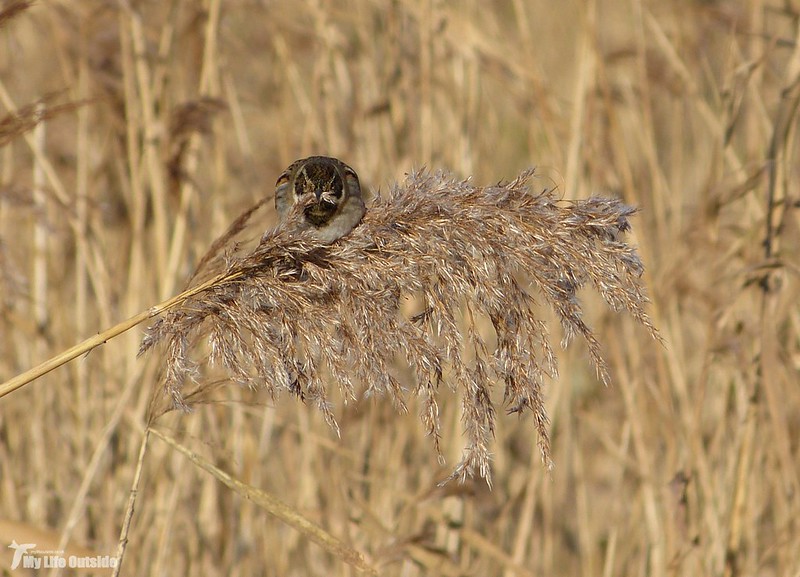
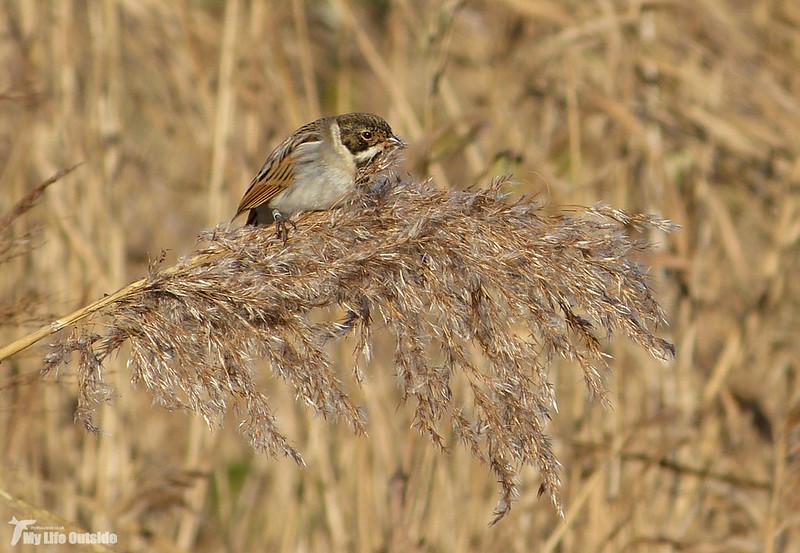
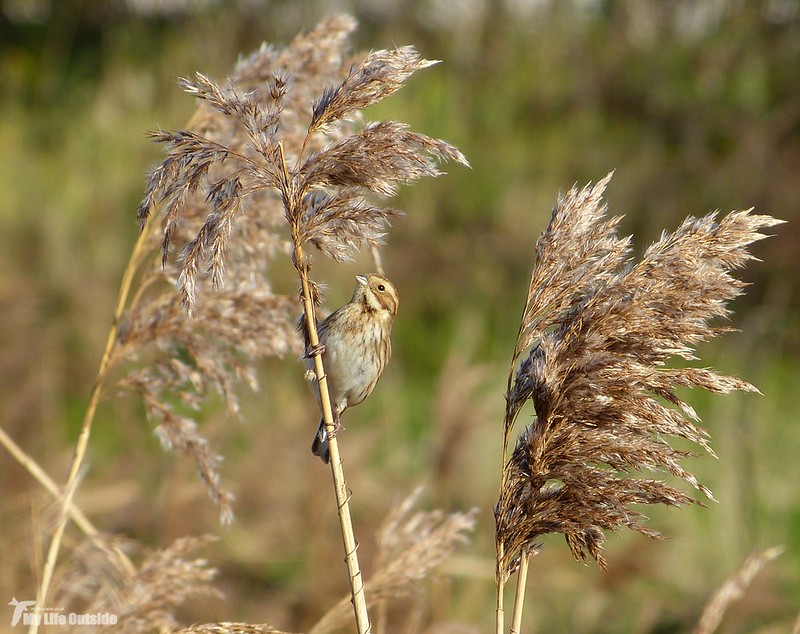
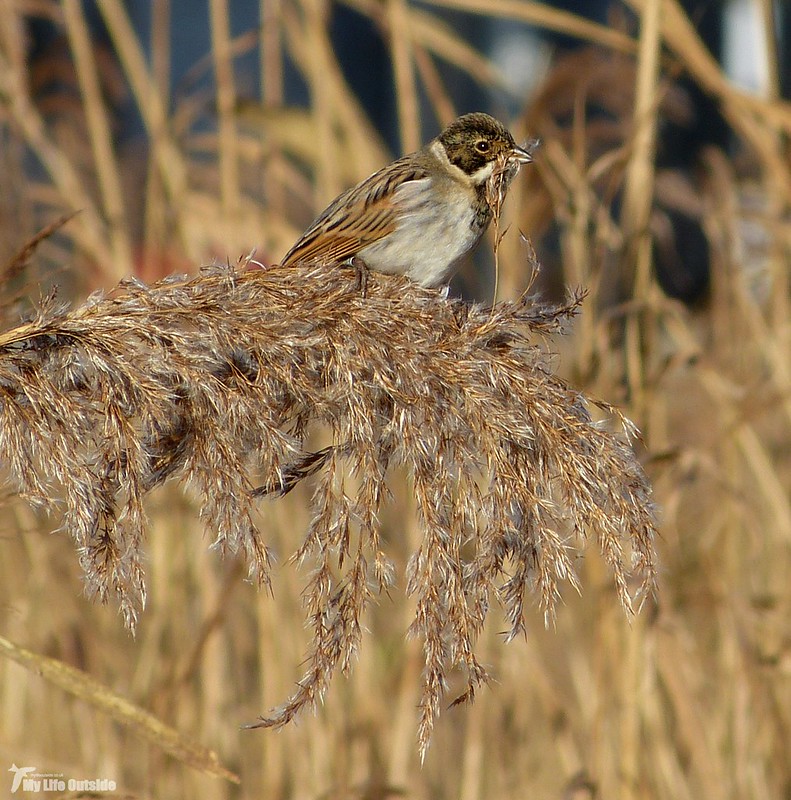
A couple of calling Water Rail were also heard but not seen (so often the way) whilst commoner species such as Goldfinch and Song Thrush were much easier to pick out. In terms of wildfowl numbers were disappointingly low with just a smattering of Tufted Ducks amidst the more usual Mallards, Coots and what seemed like hoards of Moorhens. In the end I couldn’t resist taking this Coot which also provided an ideal distraction as we searched for a particularly well hidden Geocache (we didn’t find it).
Moving on and it was Penarth Marina which provided the next highlight with no less then four Black Redstarts hopping between the roofs! Of these at least one was a rather nice male and all gave superb views as they fly-catched in what are still very mild conditions for the time of year. When I think back to my previous sightings of these birds which have typically involved brief glimpses along coastal cliffs it really is all the more remarkable to have these in such an urban setting. The only real issue was how to point a camera at the various houses without it looking like I was up to no good.
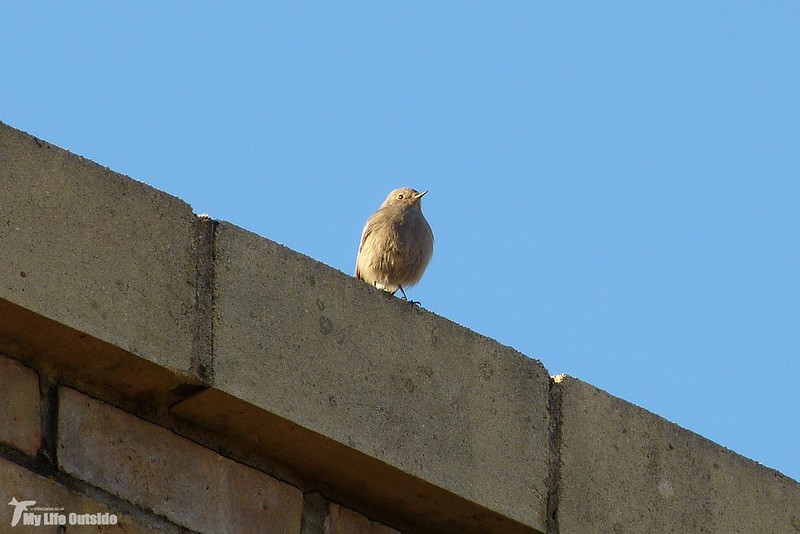

Unfortunately they never came quite close enough for the frame filler I’d been dreaming about but you really can’t complain after they’d put on an otherwise memorable display. As if to sympathise this Song Thrush posed perfectly so that you at least have something larger to look at on here.
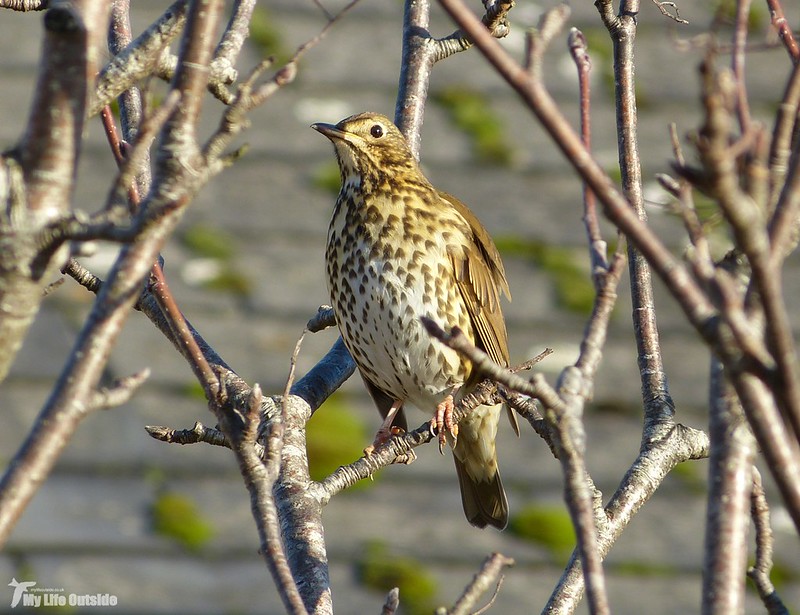
Elsewhere we were treated to a couple of very tame Reshanks feeding along the stone shoreline and three Turnstones on a pontoon in front of Mermaid Quay. There were even two Shelduck outside the docks, a scarce reminder of the large flocks which once fed here.
Of course it would be remiss of me not to include a few shots of the bay itself and some of the distinctive architecture which has grown up around it. Though not to everyone’s taste I find the whole a very pleasing development and is one of the main reasons why I rate Cardiff so highly.


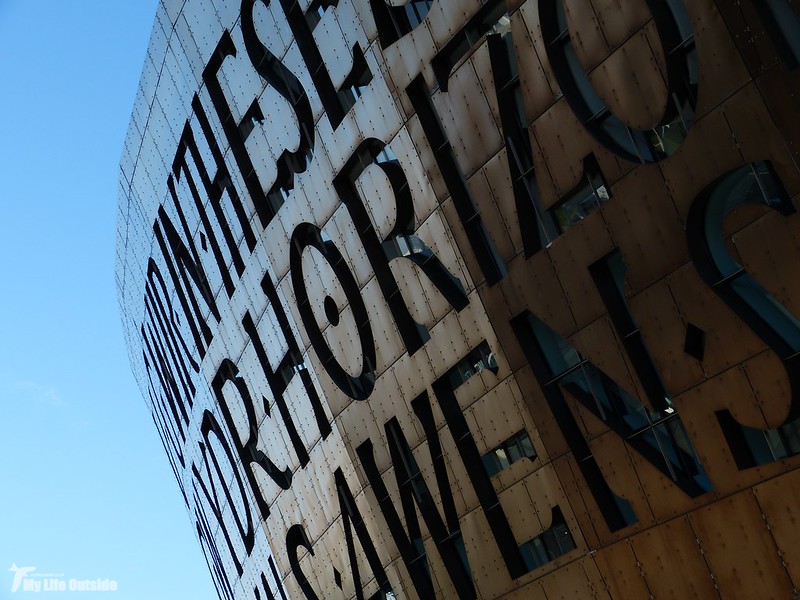

Bringing things to a close there’s not much more to add other than to say that the Black Redstarts are still present and performing well (all six of them) if you fancy a look for yourself. As an added attraction the Lesser Scaup has also reappeared (it hadn’t been around for a few weeks when we visited) and can once again be seen from the CBWR.




2 Comments
Sondra · December 24, 2014 at 8:34 pm
Lovely area….excellent shots of the reed bunting hope you have a great yrs end celebration!
Adam Tilt · January 25, 2015 at 5:48 pm
Thanks Sondra, you too.